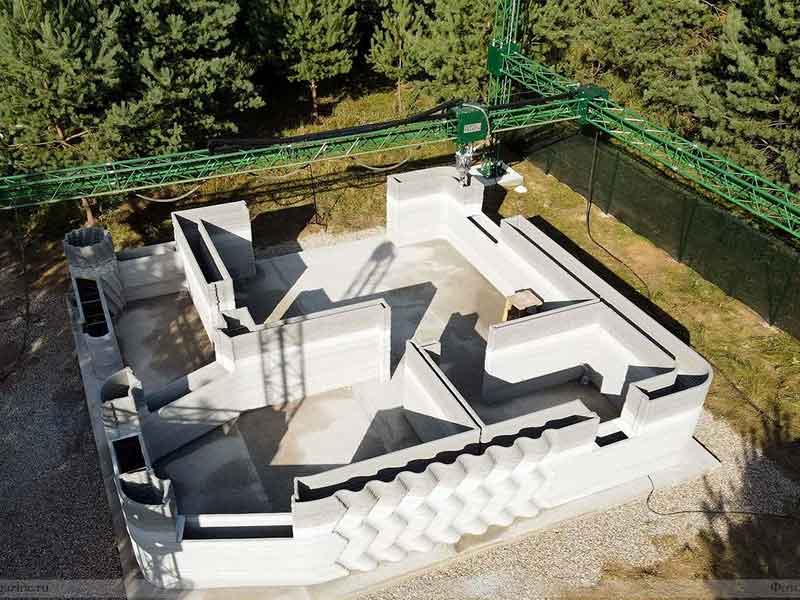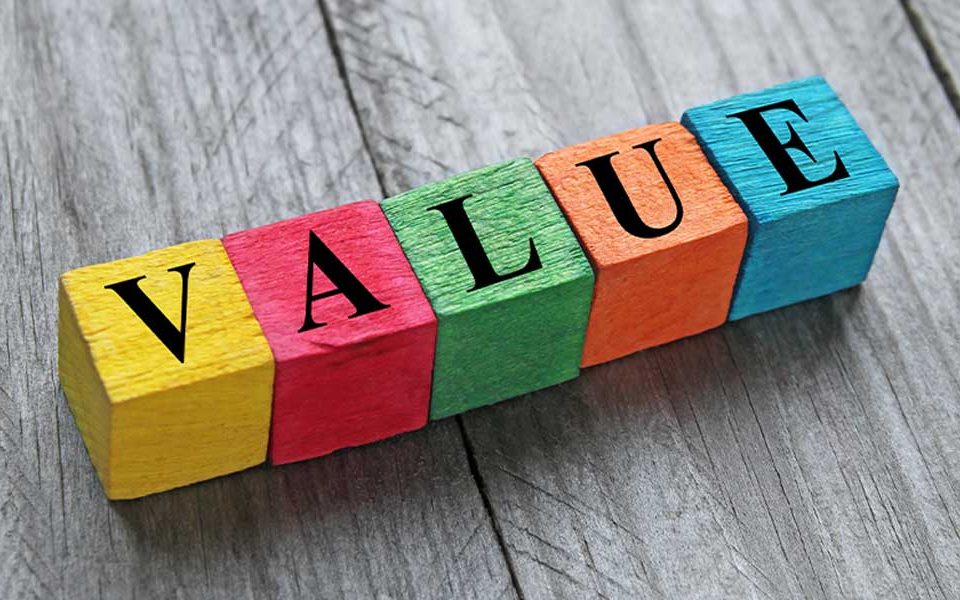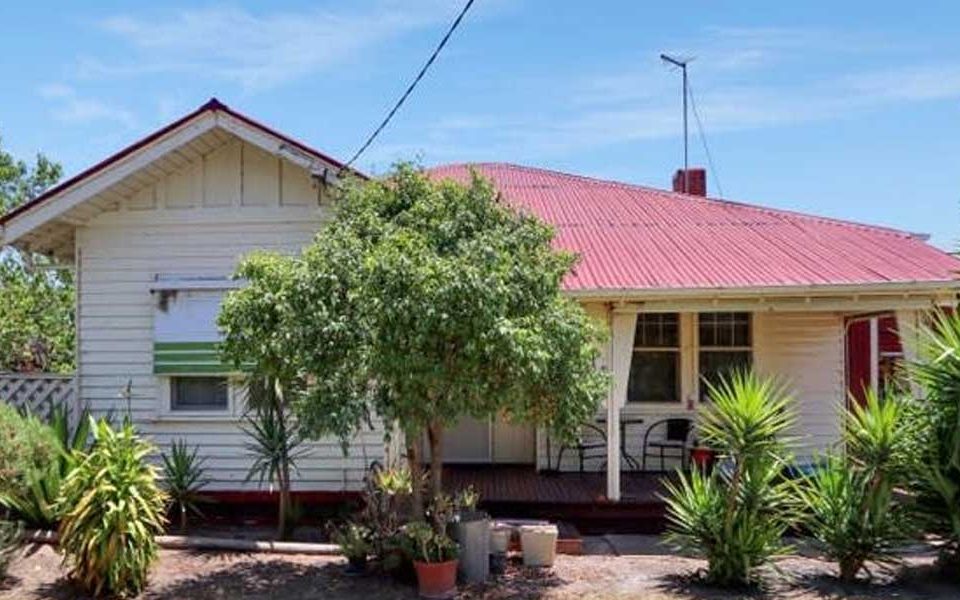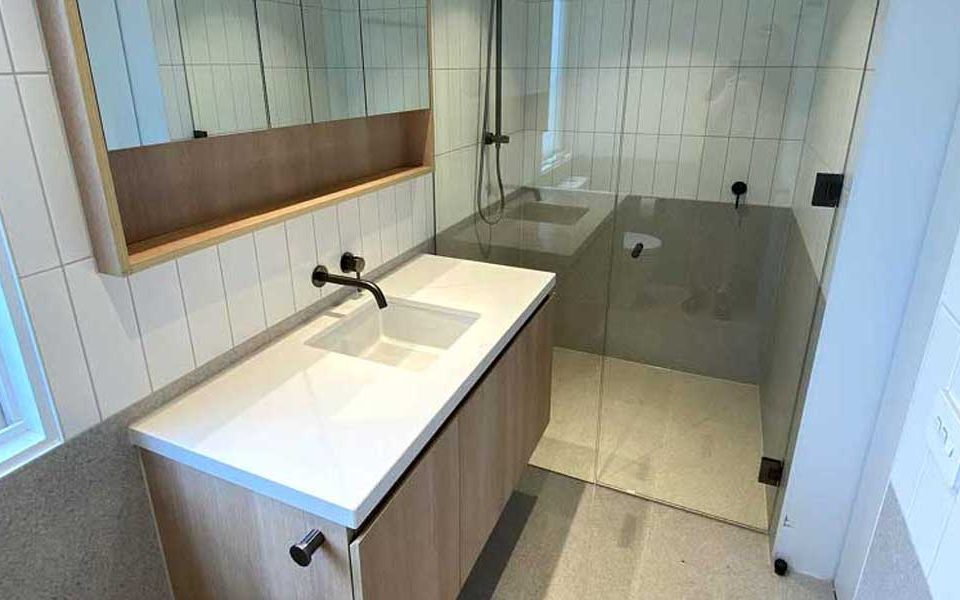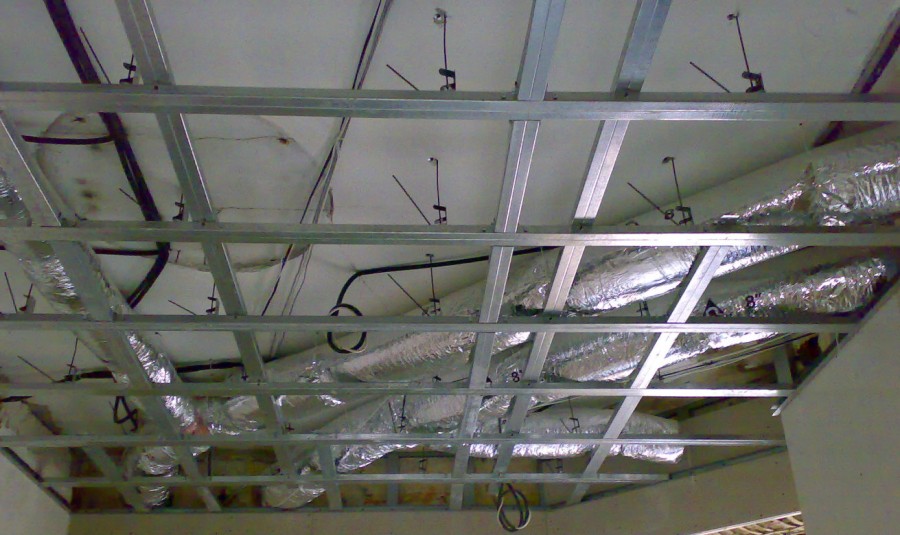
How to put plaster boards on walls
September 15, 2021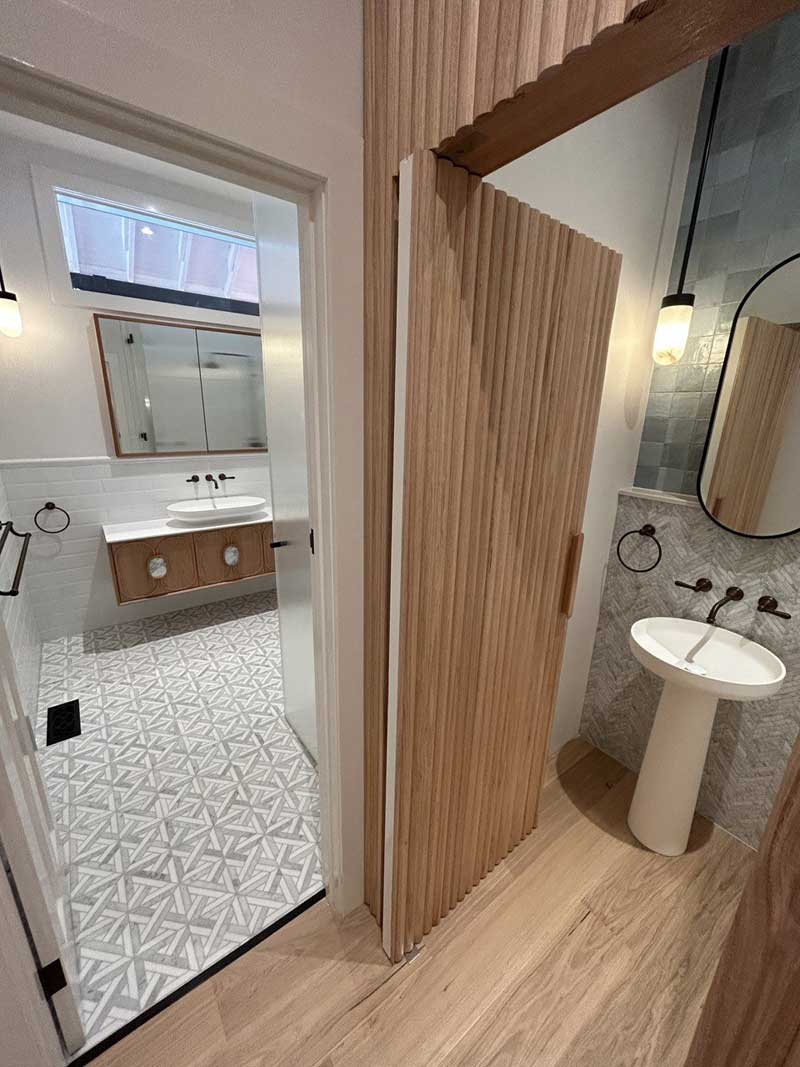
Top 5 tips for DIY bathroom renovation
June 1, 2024With Melbourne’s property market continually evolving, the demand for innovative construction techniques has never been greater. As Australia’s property landscape continues to shift, printing technology is making its mark—quite literally—on the building industry. Among the most disruptive advancements in recent years is the use of 3D printers. These aren’t your typical digital printers that print on paper; they are complex machines capable of constructing entire buildings.
A Technological Leap: The Advent of 3D Printing
Once considered the stuff of science fiction, 3D printing technology is now a reality—and it’s a game-changer for the building industry. The core concept is simple: digital files instruct the printer to layer materials, creating a three-dimensional structure. This allows builders to go from blueprint to physical structure in a fraction of the time and cost compared to traditional methods.
Features of 3D Printing Technology
In a city like Melbourne, where property values are rising, speed can be a decisive factor in the success of a construction project. 3D printers are capable of constructing small to medium-sized buildings in a matter of days or weeks, not months.
Flexibility
The digital nature of 3D printing allows for an unparalleled degree of customization. Architects and designers can easily modify digital plans, adapting structures to fit the unique challenges and opportunities of Australian landscapes—whether it’s coastal areas, urban centers, or bushlands.
Cost-Efficiency
Labor is a significant cost factor in any construction project. 3D printers dramatically reduce the need for manual labor, a substantial advantage considering Australia’s high labor costs. Additionally, there’s less waste produced, as the printer only uses the material necessary for each layer of construction.
Environmental Sustainability
Australia has stringent environmental regulations, especially in construction. 3D printers are generally more eco-friendly than traditional building methods. They’re capable of using recycled or bio-based materials, contributing to a lower carbon footprint for the entire project.
Merits: Real-World Applications in Melbourne
One of the most pressing issues in Melbourne’s property market is the rising cost of housing. 3D printers offer a more affordable way to construct quality homes, which can be crucial for addressing the housing affordability crisis in the city and other parts of Australia.
Heritage Preservation
Melbourne is home to numerous heritage-listed properties. One of the unique advantages of 3D printing is its ability to replicate intricate architectural details. This feature is immensely beneficial for the renovation and restoration of heritage buildings, a market that has been growing exponentially in the city.
High-Rise Buildings
The skyline of Melbourne is ever-changing, with a constant demand for high-rise residential and commercial buildings. Given the speed and efficiency of 3D printers, they are an attractive option for such large-scale projects, enabling builders to meet tight deadlines without sacrificing quality.
Challenges and Considerations
While 3D printing technology presents immense possibilities, it’s essential to note some challenges. First, while the printer itself may be efficient, the set-up, transportation, and calibration can be time-consuming. Additionally, there are limitations on the types of materials that can currently be used, although this is a rapidly evolving field.
Conclusion
Different printing technology is revolutionizing the building industry in Melbourne and throughout Australia. From its speed and flexibility to its cost-efficiency and sustainability, the merits are hard to ignore. As the property market in Melbourne continues to evolve, embracing digital printer technology might just be the key to staying ahead of the curve.
In a landscape as competitive and fast-paced as Australia’s property market, innovation isn’t just a luxury; it’s a necessity. 3D printers offer the building industry an unprecedented tool for meeting the unique challenges and opportunities presented by Melbourne’s dynamic property scene. As this technology continues to evolve, it’s likely that its impact will only grow, transforming the way we think about construction in the digital age.


